Mutual Fund Share Classes Defined
It is easy to understand how mutual fund investors can be confused by the myriad of choices when it comes to mutual fund “share classes.” For many mutual funds, there are more than three share classes for each fund within a mutual fund family. In every case, a different share class represents a different method of calculating the fees in which mutual funds levy on investors. The most common share classes are as follows:
Class A share mutual funds generally assess an upfront (one-time) commission that is paid to the broker (4.75% to 5.75% is the range). In addition, there are lower ongoing annual fees (12b-1 fees) that are paid to the broker to service the investment.
Class B share mutual funds do not charge an upfront load (commission), but rather have higher annual expenses and charge a contingent deferred sales charge (CDSC) if shares are sold within a certain period of time (usually 3 to 7 years). When the CDSC period expires, Class B shares "convert” to lower cost Class A shares. At the point when Class B shares convert to Class A shares, deferred charges are not assessed when the fund is sold.
Class C shares generally do not assess an upfront load, but will assess a 1% load if you sell the fund within one year. After holding the fund for one year, there is no fee to exit the fund. However, the ongoing internal cost of class C share mutual funds are generally higher than other share classes of mutual funds.
Class D and Class F share mutual funds are usually no-load mutual funds. While no-load mutual funds do not charge "commissions” upon their purchase, there are ongoing expenses that are assessed to investors. These ongoing expenses vary for each fund. Class D and Class F share funds can be purchased at most discount brokerage firms through their "mutual fund supermarket” platforms. Many D and F share class funds pay an annual 12b-1 fee to the brokerage firm (not the advisor that may recommend the fund).
Institutional Share Classes are often available to financial advisors (like Beacon) and investors with significant balances in a fund. Institutional share classes of mutual funds tend to have the lowest expense ratios and generally do not assess 12b-1 fees at all. Some fund families even have multiple types of institutional share classes – all with varying internal costs and minimum balance requirements.
Exchange Traded Funds (ETFs) are mutual funds (usually tracking an index). ETFs have internal fees (operating expense ratios), which are generally very low. ETFs trade intraday on the stock exchange just like stocks. In addition to internal fees, the brokerage firm “housing” the ETF may charge a commission when buying or selling shares.
Other considerations when utilizing exchange traded funds include average volume levels, the bid/ask spread, fund structure and when the fund is “reconstituted.” Exchange traded funds represent the most rapidly growing segment of the mutual fund industry. ETFs are available in many different formats including those that invest in currencies, commodities, specific sectors, specific countries. There are even ETFs that are leveraged (and even inverse leveraged) 2x and 3x the daily performance of various indexes.
Share Class “Conversions” or “Swap”
There may be situations in which an investor should consider executing a share class conversion or swap. A common example would be a fund that has a sizable unrealized capital gain and is being held in a taxable investment account. Instead of selling the fund, realizing the capital gain and investing in a lower cost fund, it may be possible to give instructions to your brokerage company to execute a “tax neutral” share class conversion into a lower cost share class of the same fund.
Please be aware that most brokerage firms have a very specific process for handling these transactions that investors must adhere. Therefore, we strongly suggest that you are very careful when going this route and confirm with your brokerage firm that they understand exactly what you want!
Before investing in any mutual fund, it is important to understand the fees that are assessed to your investment. Reading the prospectus to determine the one-time upfront fees (sales loads), as well as, the ongoing annual expenses (the operating expense ratio) is an important component of the due diligence process for any investment.
Mutual Fund Expense Ratio Averages
Operating expense ratios (OER) should be a primary consideration when investing in mutual funds. Expense ratios vary based on a number of factors including the size of the fund (generally funds with higher asset levels have lower expense ratios) and the asset class in which the fund invests. The following is a list of the average expense ratios for mutual funds in various investment categories (according to Morningstar):

